By clicking a retailer link you consent to third-party cookies that track your onward journey. This enables W? to receive an affiliate commission if you make a purchase, which supports our mission to be the UK's consumer champion.
Summer laundry hacks for fresher, brighter clothes
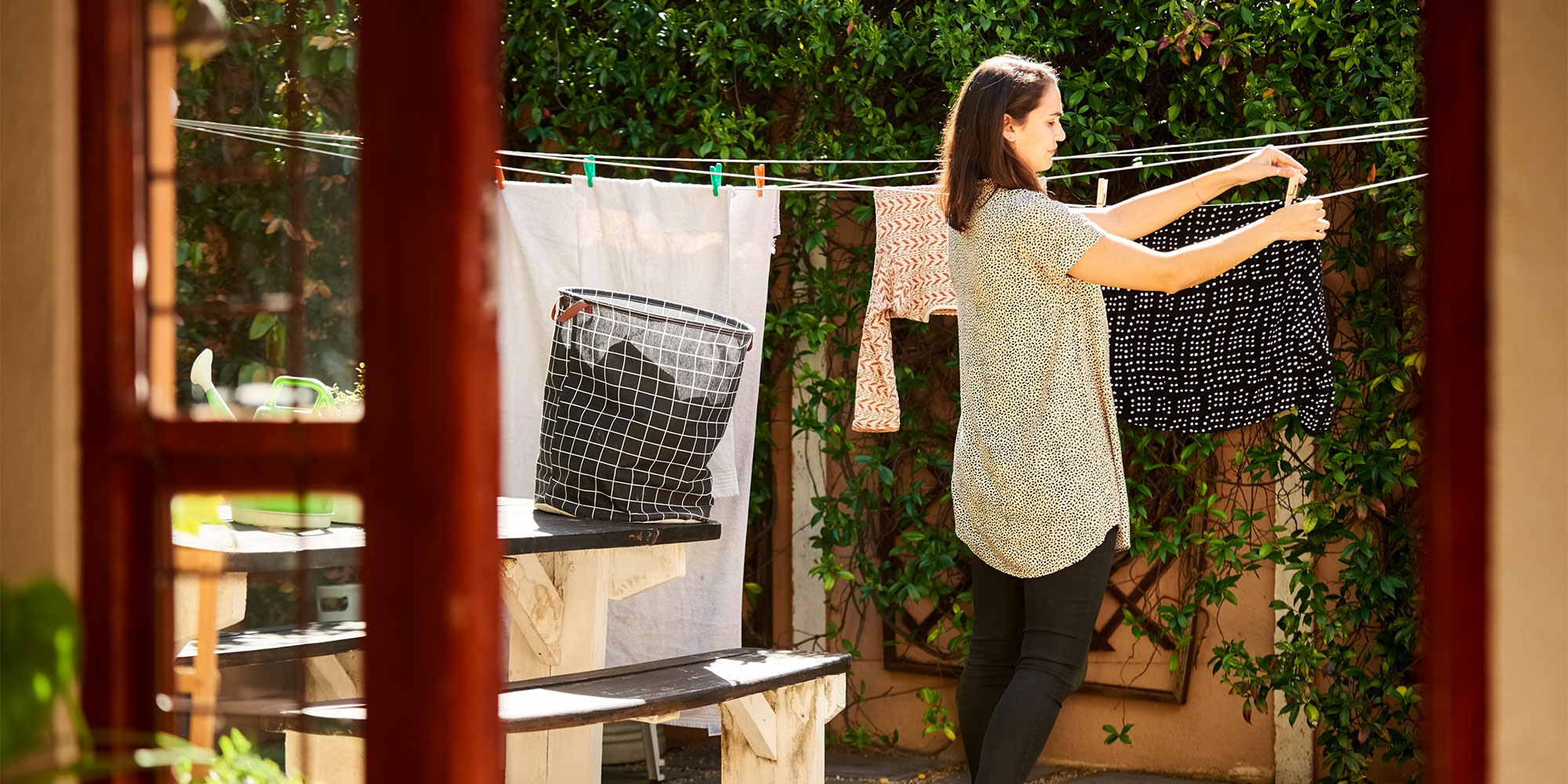
Warmer temperatures don't just mean trips to the beach and ice lollies in the garden – they're also ideal for helping you empty your overflowing laundry basket at breakneck speed.
But sun fade, crispy clothes and even pesky pollen bombs can thwart your best efforts.
These hacks will help you harness the warmer weather to make laundry day as efficient and effortless as possible.
Get our expert tips for making smarter consumer choices. Sign up for our free Weekly Scoop newsletter
1. Run cooler washes
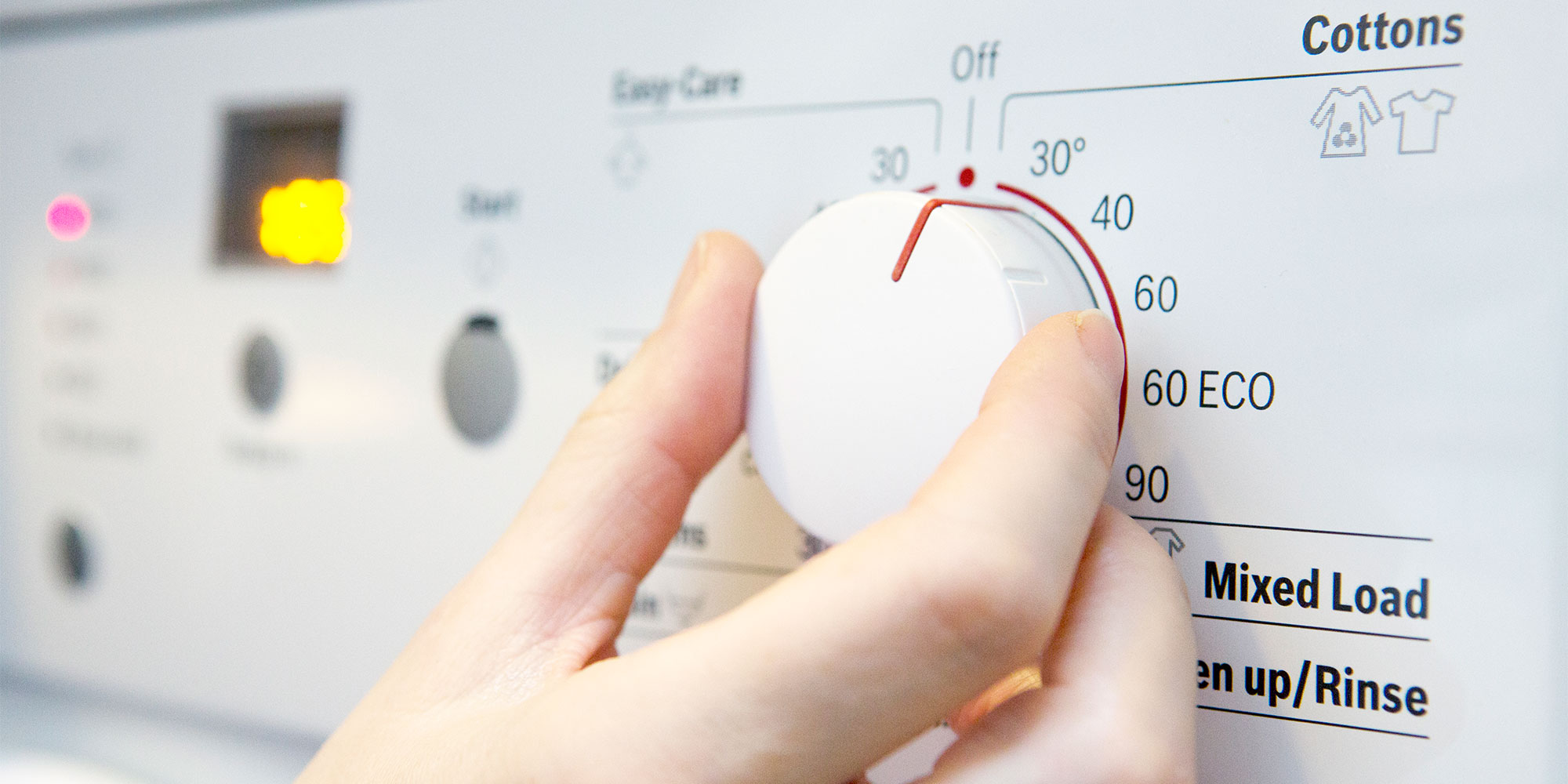
Washing your clothes at lower temperatures won't just help you save on your energy bills, it's also a great way of ensuring your garments are kept in the best possible condition.
Lighter summer fabrics such as cotton, linen and silk aren't designed to be repeatedly washed at higher temperatures, as this can shrink them or roughen the fibres over time.
Most modern detergents are effective at removing stains at 30°C or even 20°C, so unless an item is really heavily soiled – or you're doing a load of towels – you don't really need to be washing at 40°C. And you certainly don't need to crank the temperature dial up to 60°C for everyday washes.
If your machine has one, gentle or delicate cycles are another excellent way of extending the life of lightweight clothes by ensuring they aren't thrown around too vigorously in the drum.
For further advice on dealing with various fabrics, head to our washing machine temperature guide
2. Air dry smartly
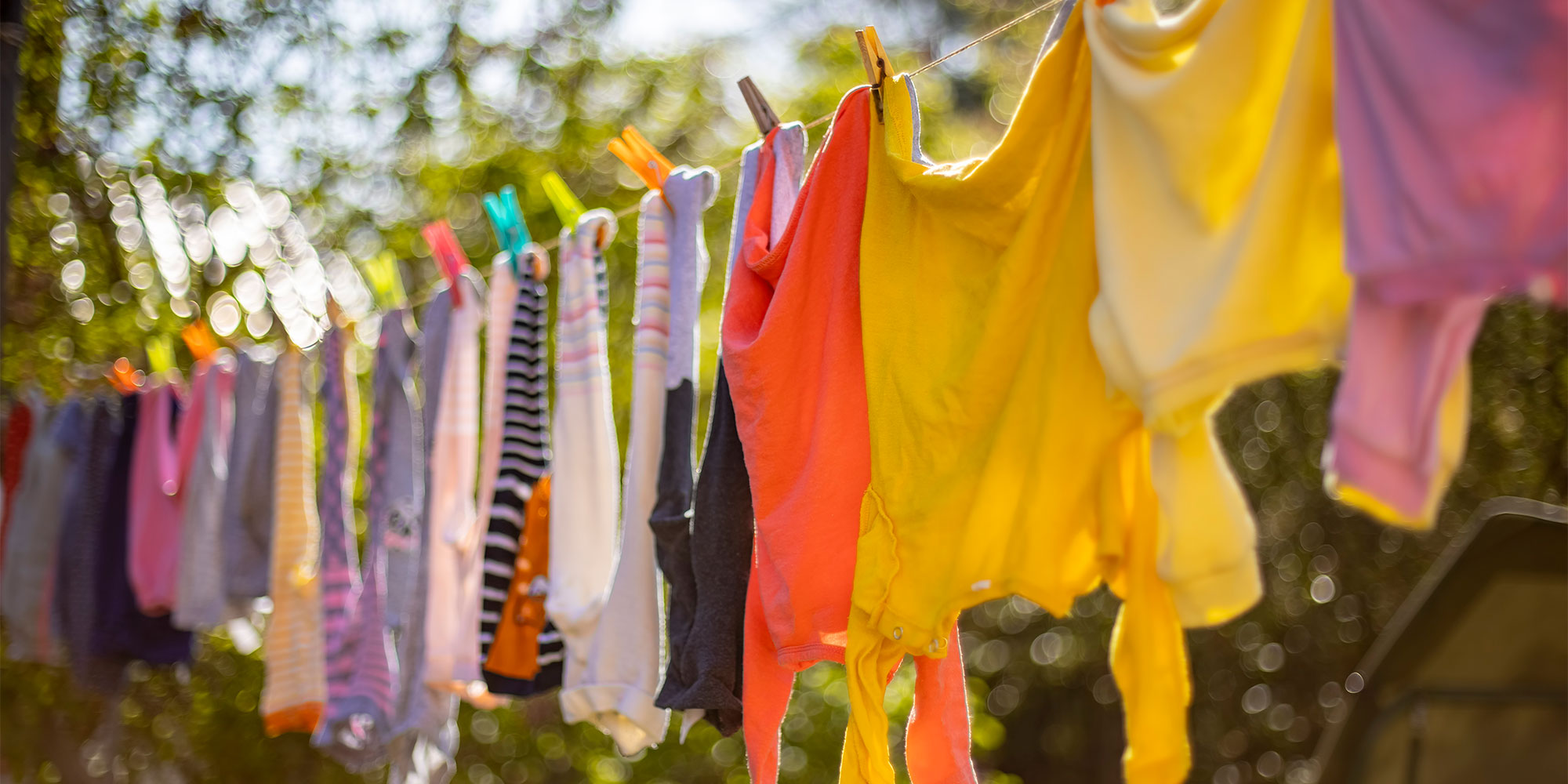
You might find yourself running outside with the peg bag as soon as the sun is shining, but hanging your clothes in direct sunlight for extended periods isn't always the best idea. There are a few things to bear in mind:
- Sun fade: Not only can the sun fade dark fabrics and denim, it can also cause items to become stiff and crunchy as they've actually dried too quickly.
- Pollen: Hay fever sufferers might want to steer clear from outdoor drying too, especially in peak pollen season, as the pollen can cling to your clothes and lead to uncomfortable days (or nights) of eye-watering, itchiness and sneezing. You're better off air-drying indoors, preferably well away from open windows.
- Sun bleaching: A good dose of sun is great for white items, as UV rays naturally help to break down the chemical bonds in stains, causing them to fade. A good idea is to give items a quick airing on the line when they're fresh out of the machine, then move them inside to finish the job and avoid any crispiness.
If air drying isn't an option, discover the best and cheapest way to dry clothes indoors
3. Deal with sweaty clothes promptly
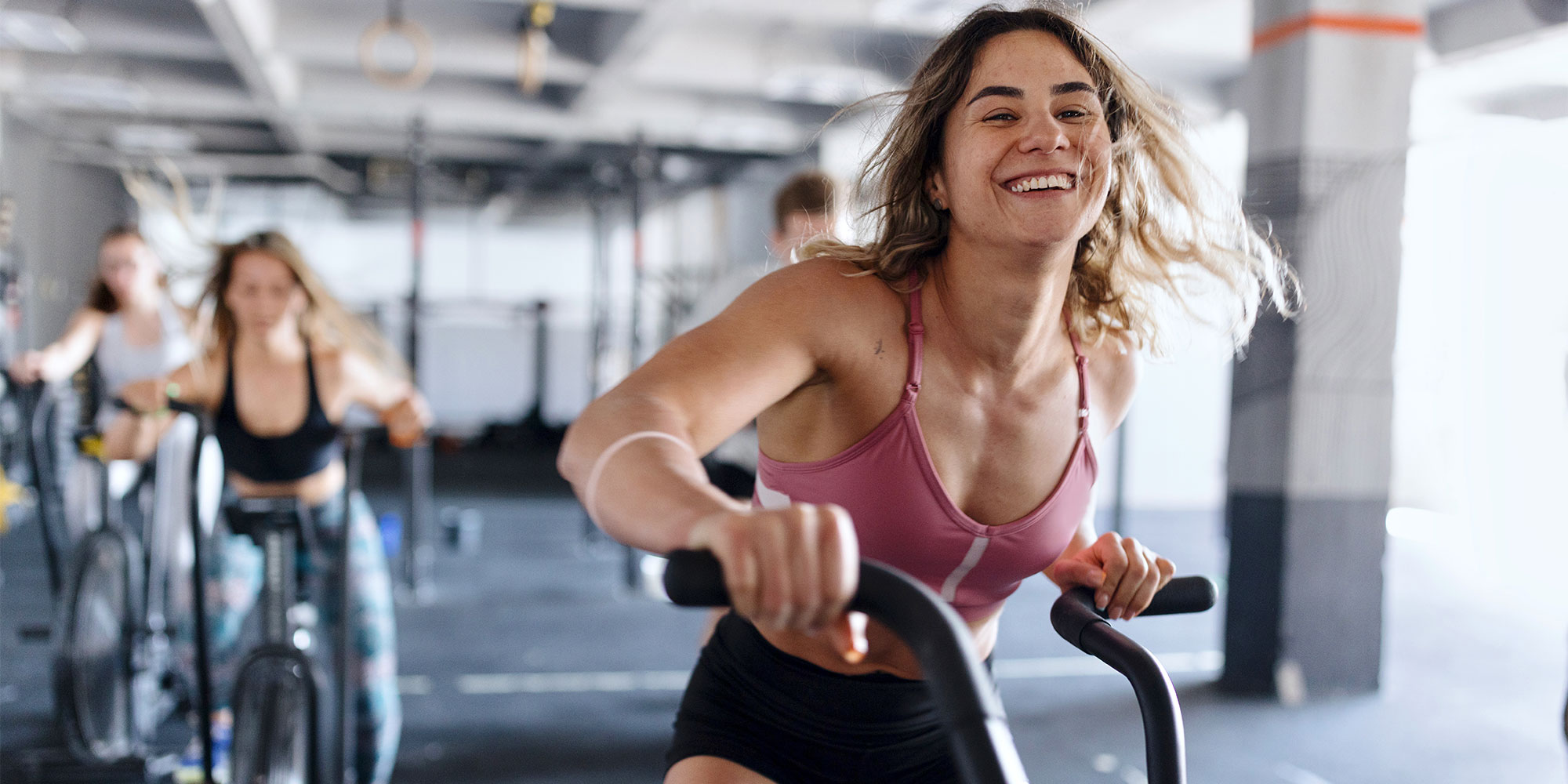
Throwing your sweaty gym clothes straight into the laundry basket will not only make everything damp and smelly, it can also create the perfect breeding ground for bacteria. If you're not able to wash them promptly, consider hanging up soggy items (preferably outside) to dry before throwing them in the hamper.
Pre-soaking in a 1:1 solution of white vinegar and water can help to neutralise odours, or consider wearing more breathable fabrics like cotton or bamboo to help wick away moisture, promote increased airflow and keep the worst of the sweat at bay.
Exercising in the summer heat is no joke, so looking after your workout clothes should help keep musty smells at bay, and will help them last as long as possible.
Our guide on how to wash clothes offers advice on tackling all your laundry
4. Banish sun cream and deodorant stains
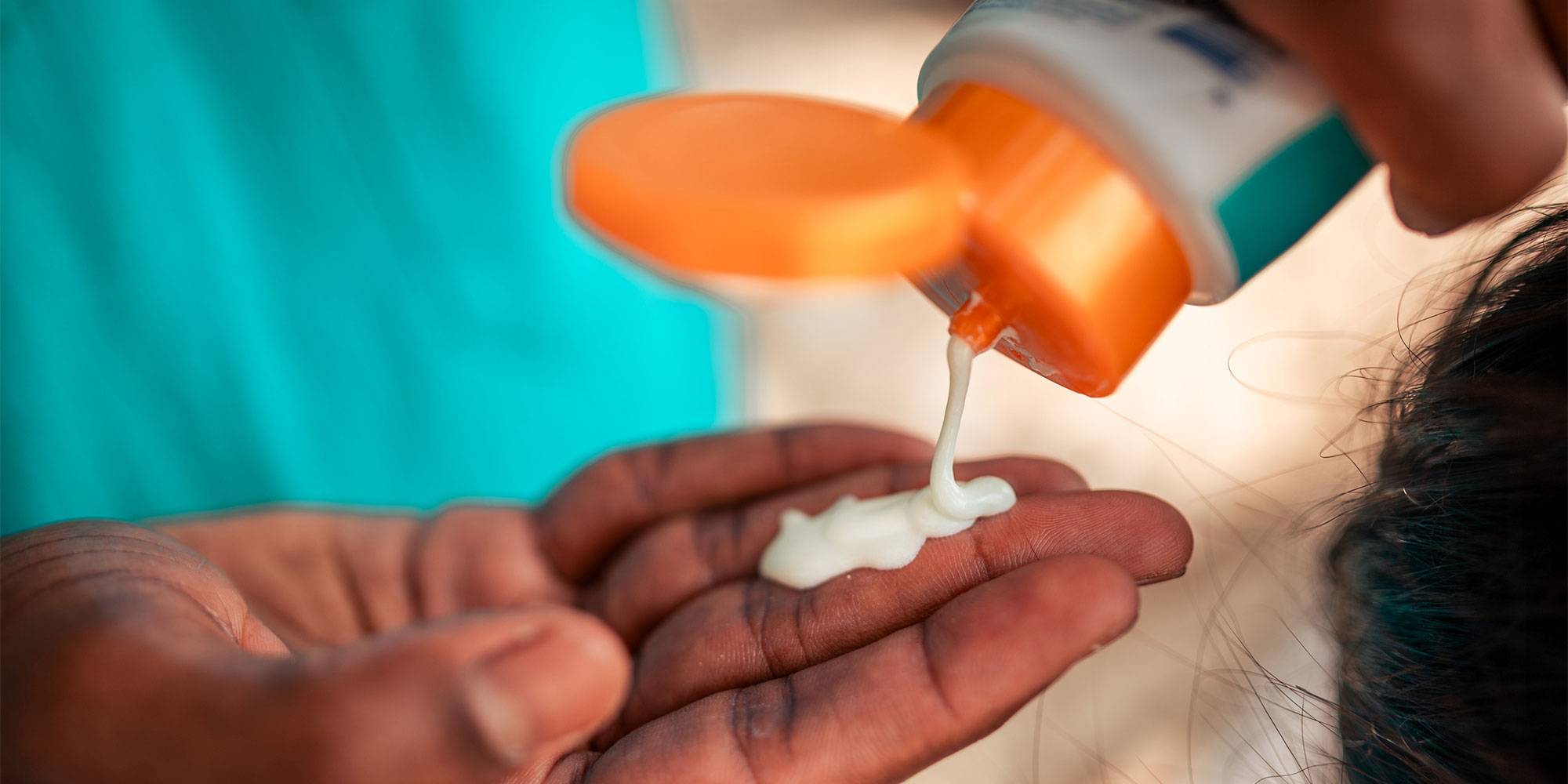
Slathering on the sun cream when it's sunny is obviously a good idea, but finding yellow stains on the neckline of your new white T-shirt isn't so great. Deodorant stains are another bugbear. All hope is not lost, though.
As sun screen is oil-based, you can pre-treat any affected items with neat laundry detergent, a paste of water and baking soda, or a stain remover specifically designed to target oil and grease.
White vinegar or lemon juice are other options if you're looking for a more natural solution. Just bear in mind that they're acidic, so rinse items thoroughly before adding them into the drum to avoid causing any damage to your appliance.
You should also avoid using hot water to shift sun cream and deodorant marks. While it might feel like the right thing to do, it can set the stains into the fabric. The same goes for drying them in direct sunlight – sadly, sun-bleaching doesn't work for everything.
Head to our round-up of the best sun creams to find the safest option for your family
5. Keep white fabrics bright

It's no secret that white fabrics fade to grey all too easily with frequent washing, and stains – especially anything tomato-based – can be stubborn to shift.
For the best results, wash whites separately and take special care not to overload your washing machine. You can also consider adding a scoop of bleach-based laundry powder (if safe for the fabrics being washed) or pre-soaking items in diluted white vinegar or diluted household bleach. But never mix the two, as this produces a toxic gas.
Hanging whites outside on sunny days is another way of banishing any lingering greyness, as UV rays help 'sun bleach' fabrics back to their original dazzling brightness. Keep this method just for white items, though, as it can damage colours.
Pair one of our best laundry detergents with one of our best washing machines for a stain-removal dream team
6. Protect dark clothes from fading
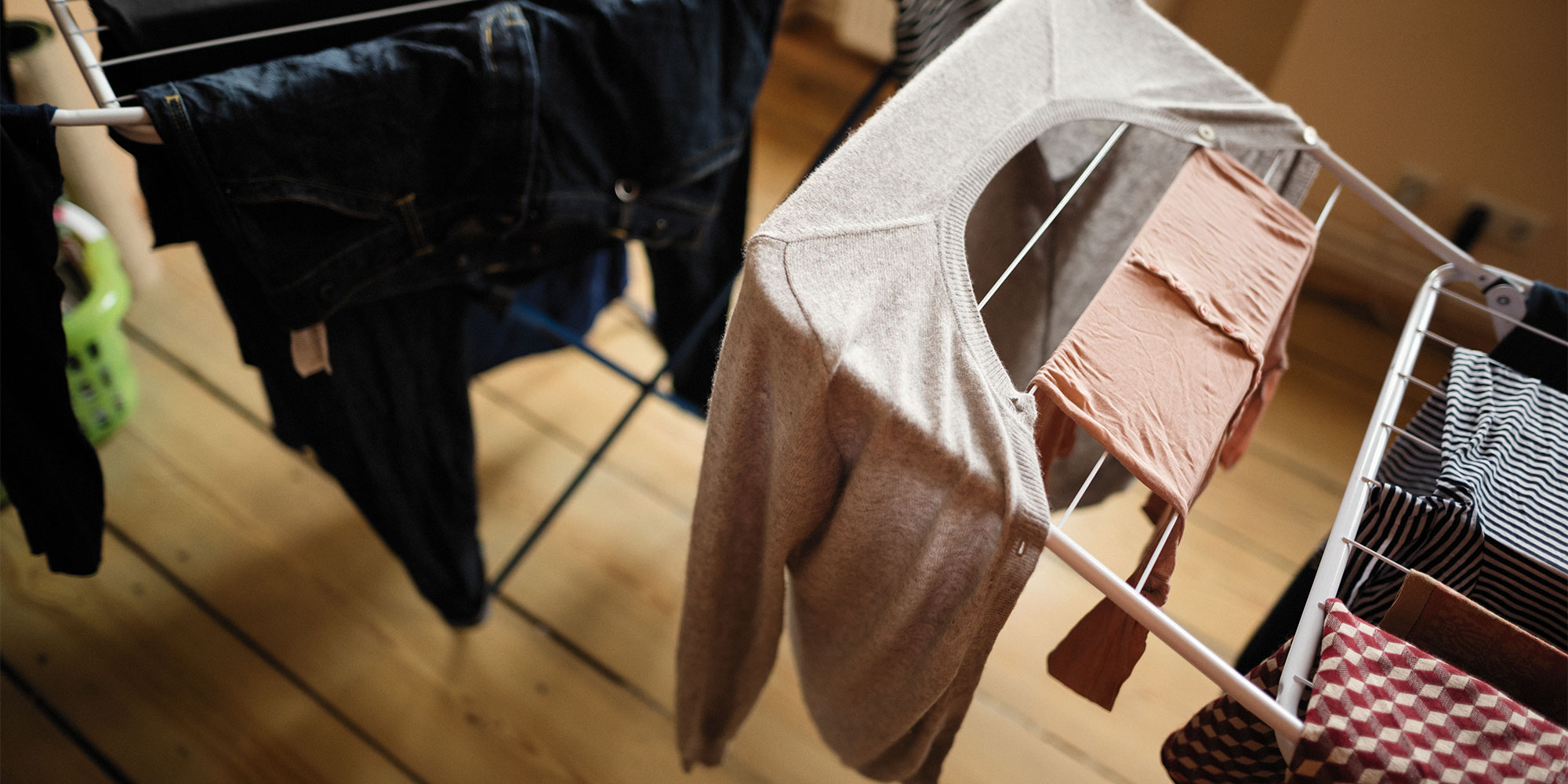
As mentioned above, direct sunlight can pose lots of problems for dark or coloured clothing, so air-dry these items in the shade if possible, or on an airer indoors if not. If you're dead set on the idea of giving your garments that 'fresh air' scent, hang them inside out to minimise direct sun exposure on the outer fabric.
If you're not already, it's also worth using a liquid, gel or capsule detergent, rather than a powder, for darks and bright colours. These don't contain the same bleaching agent as some powder detergents, so they help to preserve the vibrancy of more colourful items.
Take heed of these 5 laundry habits to stop immediately to keep your clothes looking better for longer
7. Treat wrinkles with ice
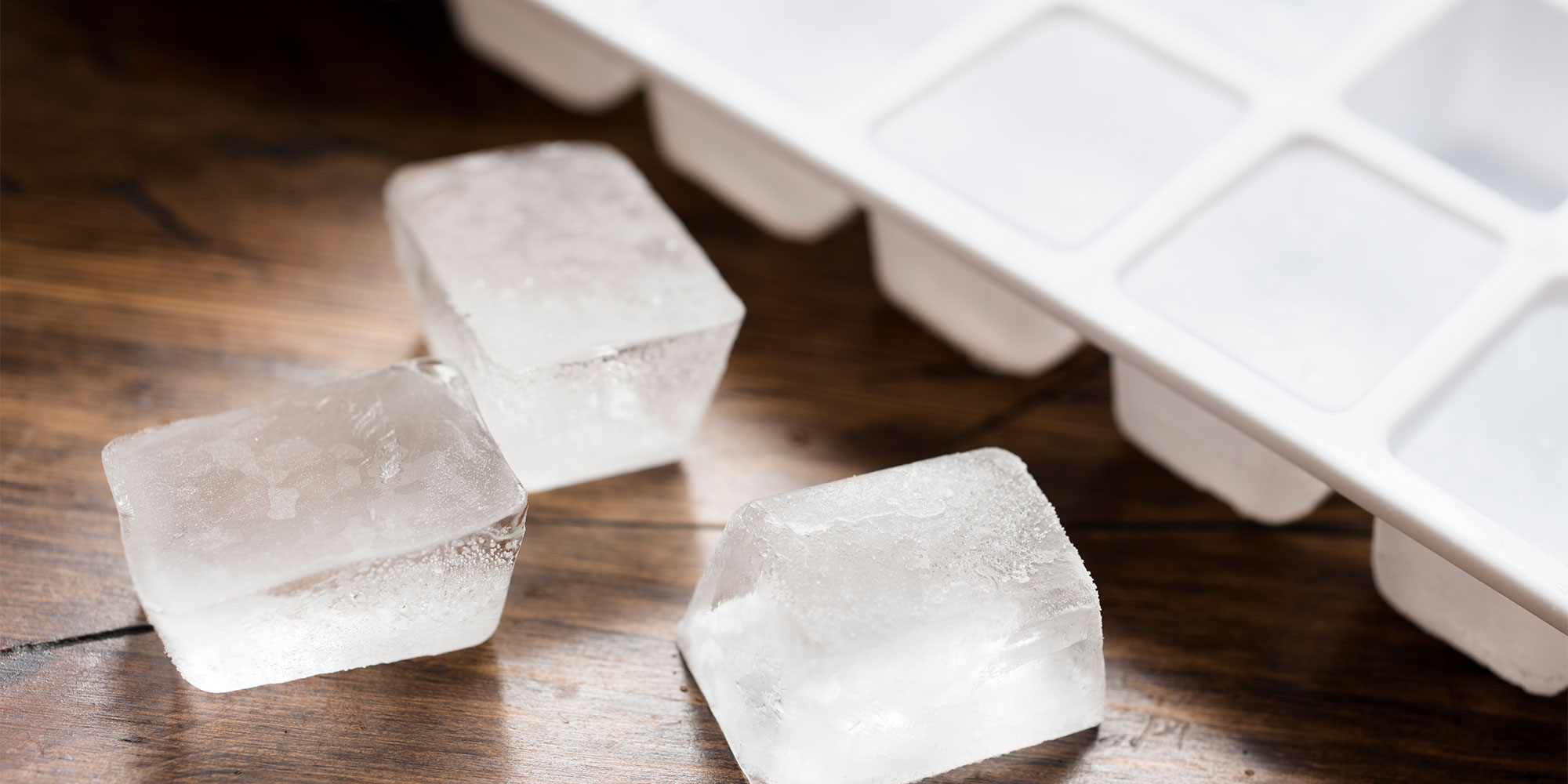
Air-drying clothes on hot days can lead to lots of wrinkles as they dry faster than usual – and it's often far too warm to spend time ironing school uniforms or work shirts.
One tip to help you keep your cool while banishing wrinkles, is to throw items into the tumble dryer with a few ice cubes (around one per item) and tumble them on medium-high heat for 10-15 minutes. This should remove most creases and save you getting hot and bothered working your way through a towering ironing pile.
Double-check your warranty to ensure your manufacturer doesn't advise against this first, though.
Some dryers offer anti-wrinkle settings – head to our tumble dryer reviews to see which ones impressed in our tests
8. Keep towels fresh
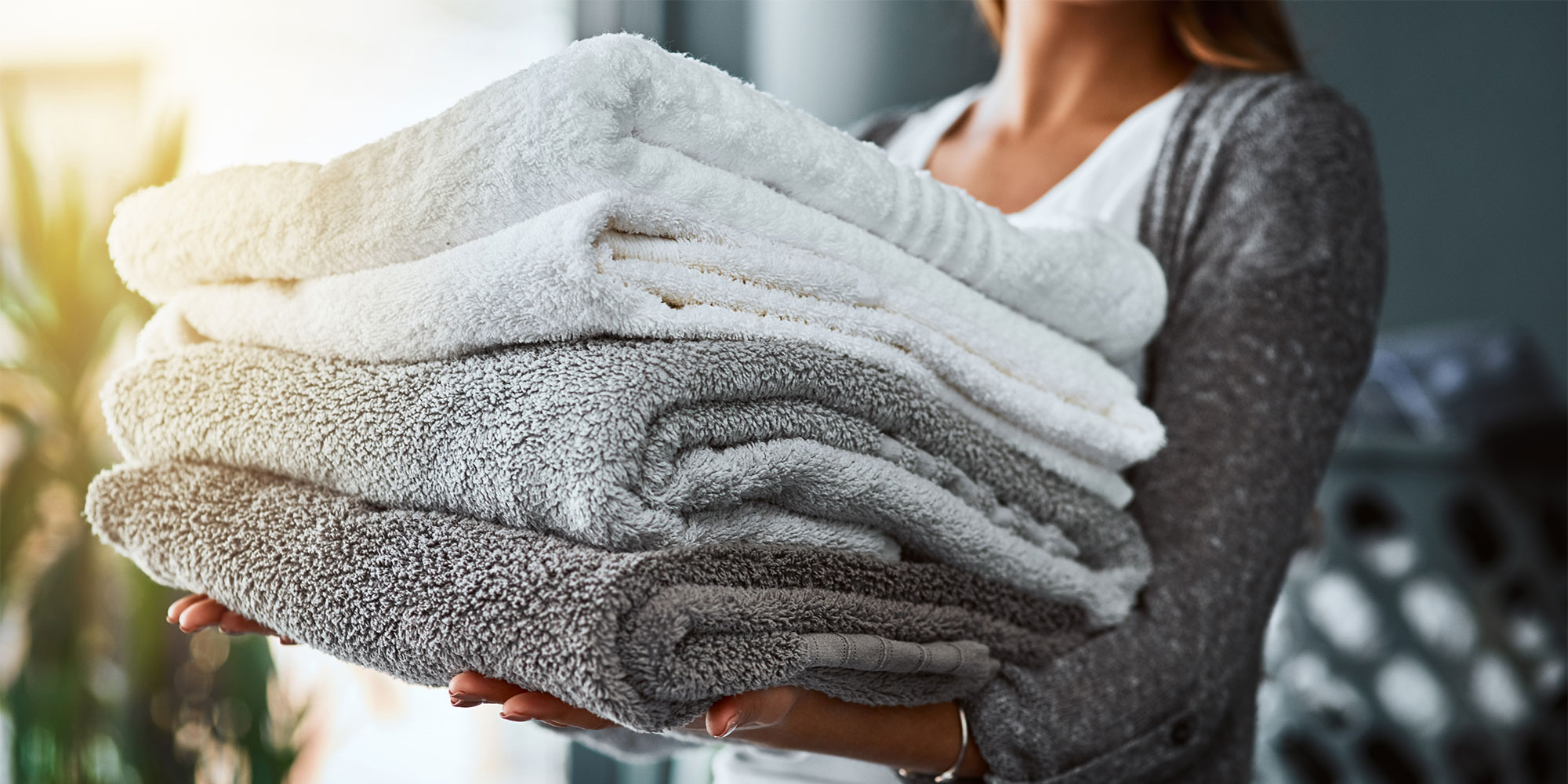
We tend to have more showers in warm weather, so your towels might not always get the chance to dry out properly between uses. Not only is a damp towel far from ideal when you're standing sopping wet on the bathmat, it's also the perfect breeding ground for bacteria and other nasties to thrive.
It's wise to wash your towels more frequently if they're getting heavy use – every two to three uses in an ideal world. For the best results, wash them at 40°C and make sure the load is no more than three-quarters full so there's enough space for everything to move around the drum.
To help keep them soft and fluffy, avoid fabric softener, use slightly less detergent than usual, and shake them vigorously before hanging them out to dry.
We've tried every trick on the internet and asked the experts to find out how to get soft, fluffy towels all year round




